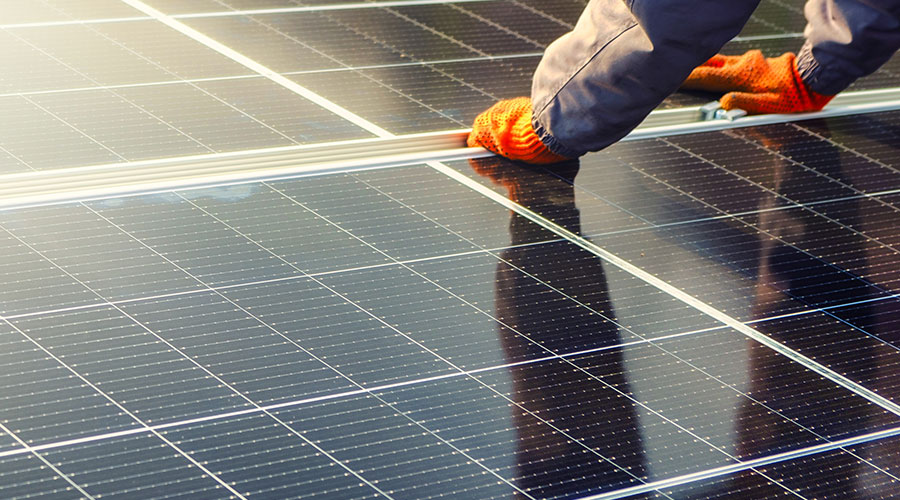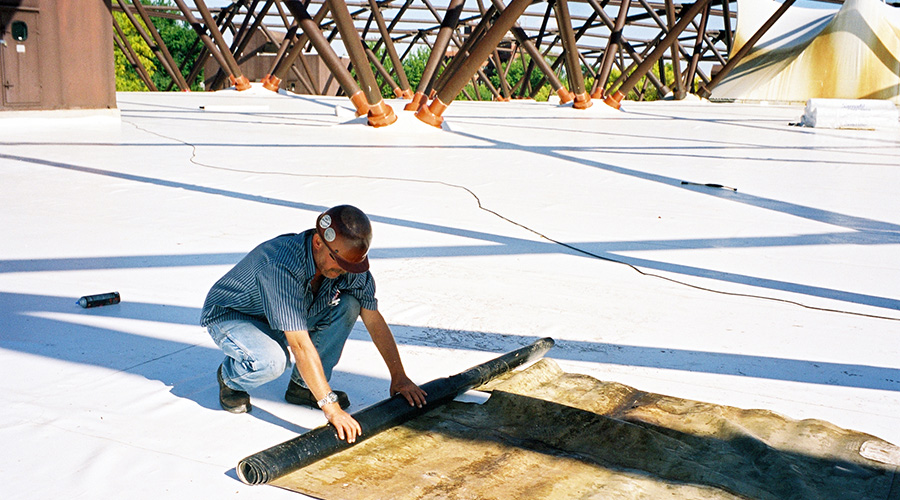Solar Situation: Roofing, Photovoltaics and Maintenance
Rooftop photovoltaic (PV) installations continue to increase as institutional and commercial facilities become more aware of the potential for on-site electricity production. But what happens after the PV installation is complete? What issues do maintenance and engineering managers need to address related to maintenance of the roof system and the PV system maintenance?
By exploring the who, what, when and how of roof and PV system inspection and operations, managers can ensure the organization's investment in the technology pays the desired dividends.
Essential Maintenance
Roof system maintenance creates two basic requirements for managers and their staffs. First, know the roof system. Second, perform maintenance regularly.
Knowing the type of membrane and system components ensures workers use the proper materials and methods during maintenance and repairs. Roofing components can look similar but require different techniques to repair, and membranes are not always compatible with all repair materials.
Regular maintenance can help workers find and repair problems in a timely, cost-effective fashion. Small leaks, if not repaired, can become large leaks that damage a roof's components. The same mind-set is true for a rooftop PV system and its maintenance: It is essential to know the specifics of the system and to perform regular maintenance.
While roofs and PVs do not have moving parts, they do require maintenance because they have seams, flashings, and mechanical and electrical connections that workers should inspect. Seams adjoining membranes and flashing components need to stay tight and weatherproof. Temperature fluctuations cause all materials to expand and contract, adding stresses to seams, flashing locations, and mechanical connections. PV systems' racking components also expand and contract, which introduces stress into racking-to-panel connections and racking-to-roof system connections.
Related Topics:














